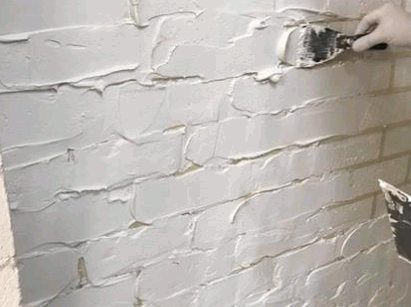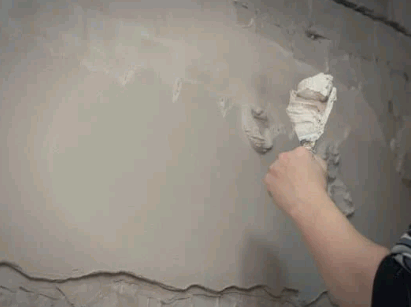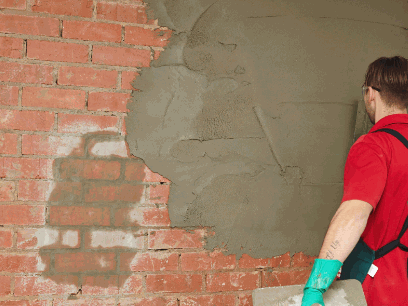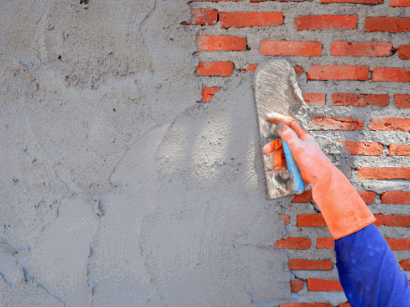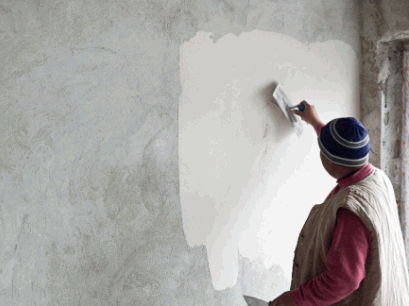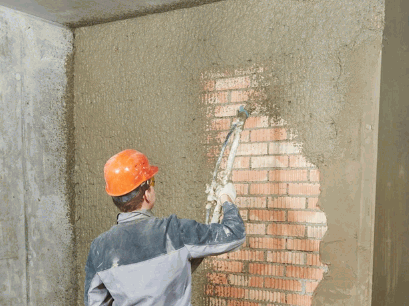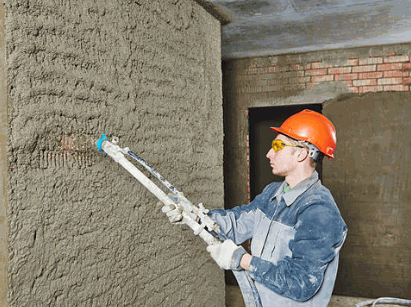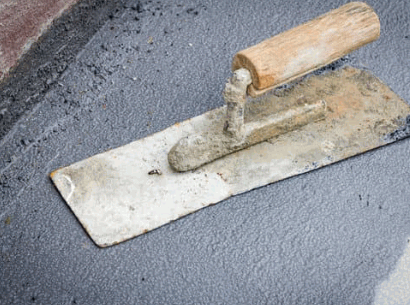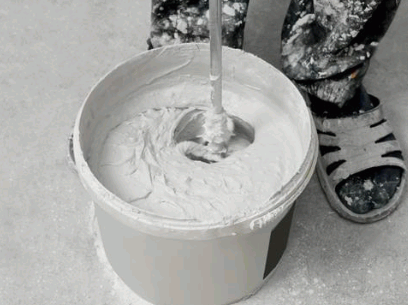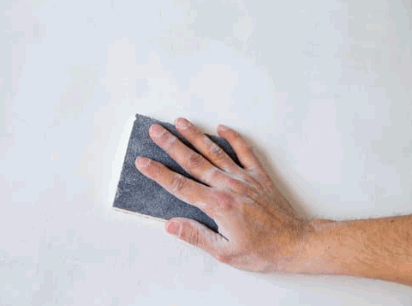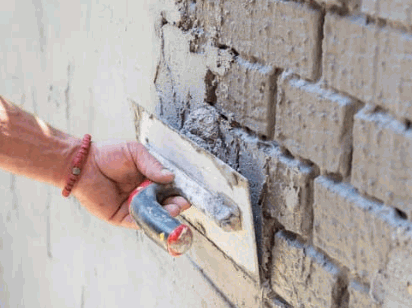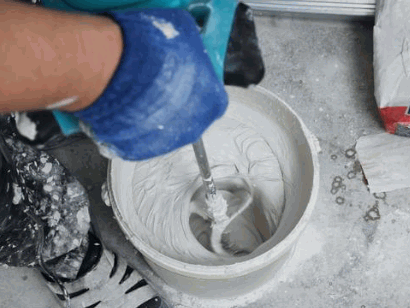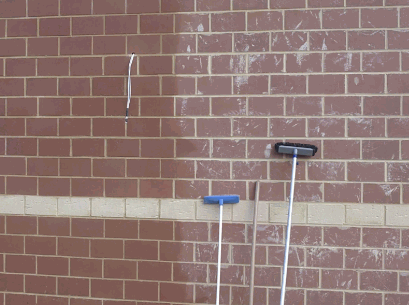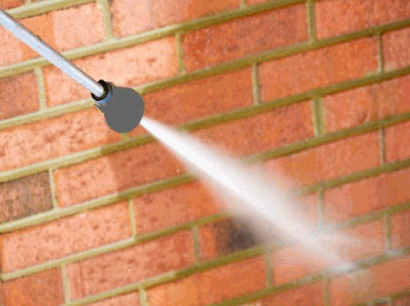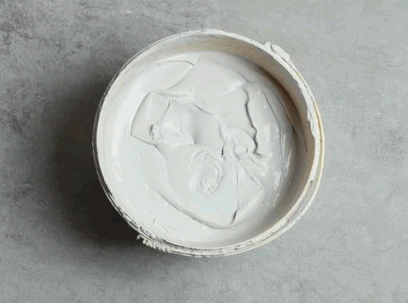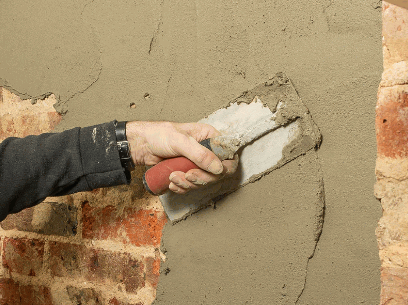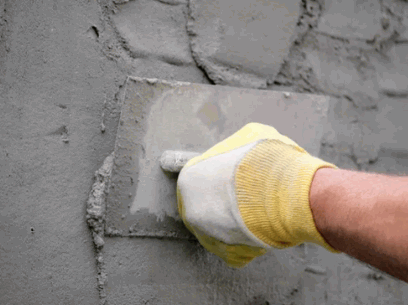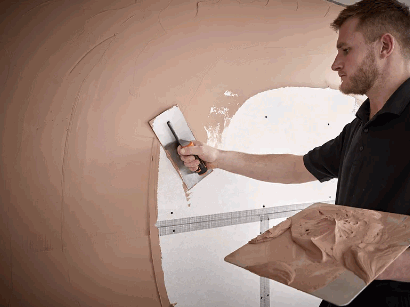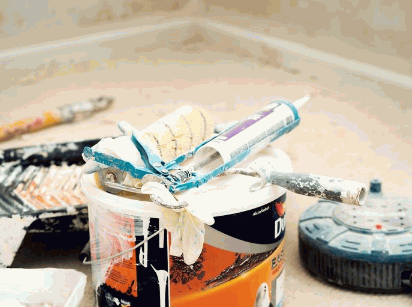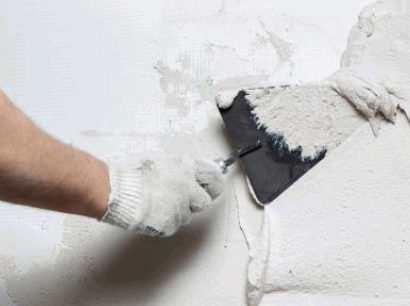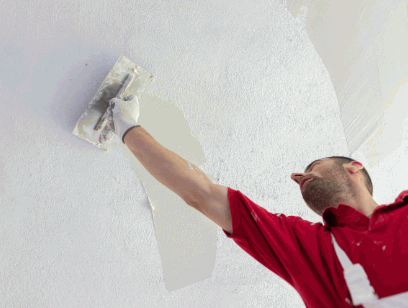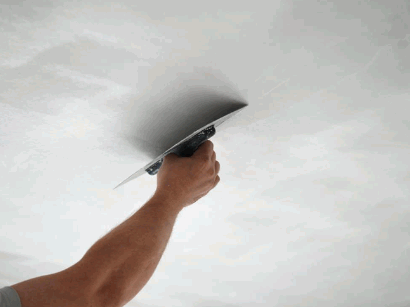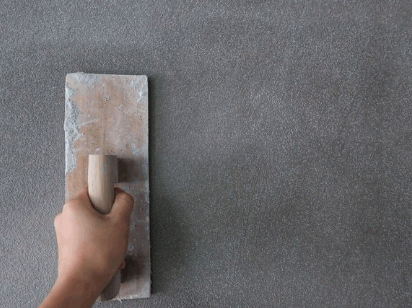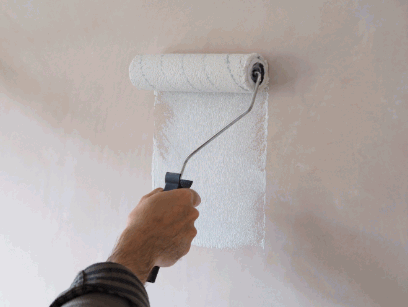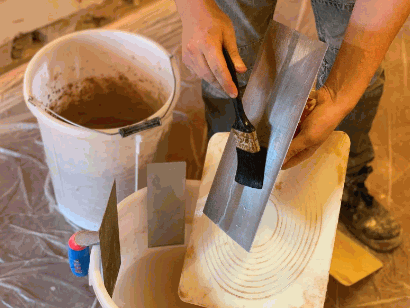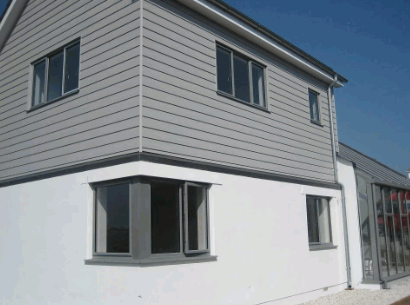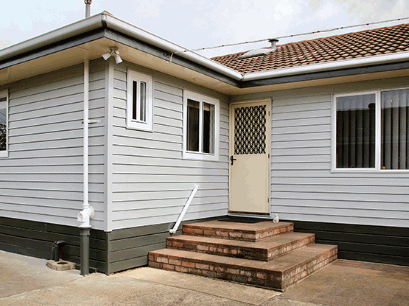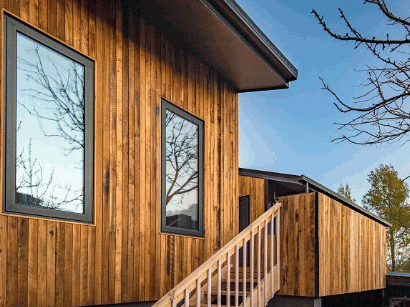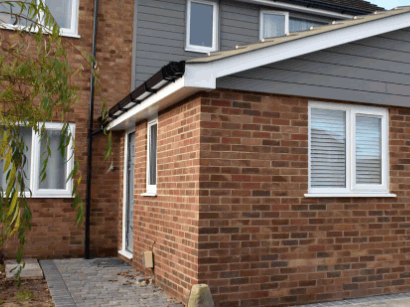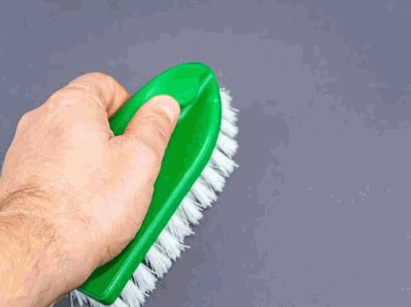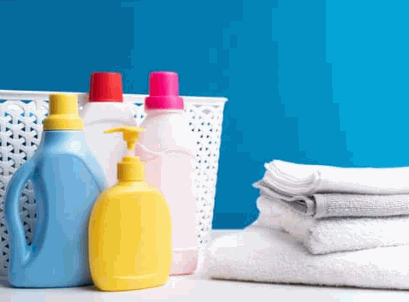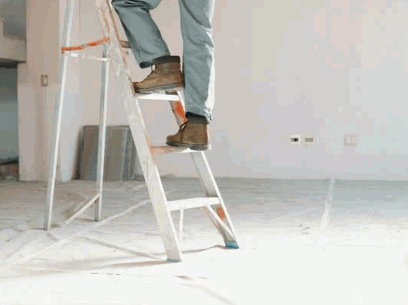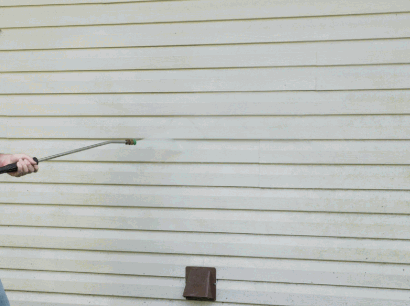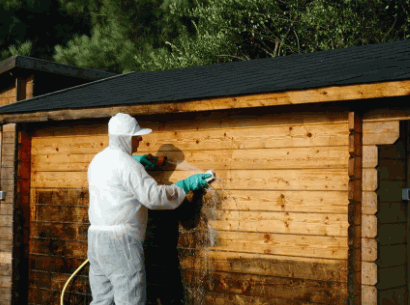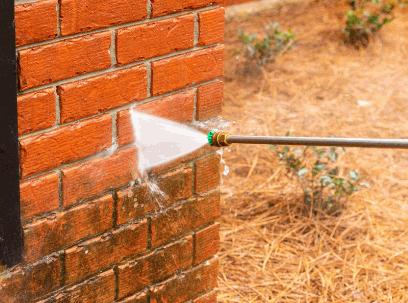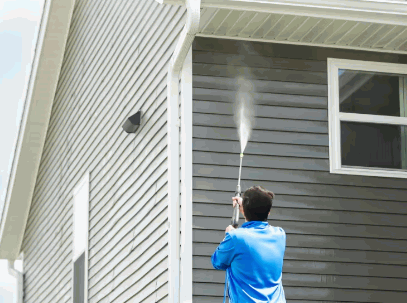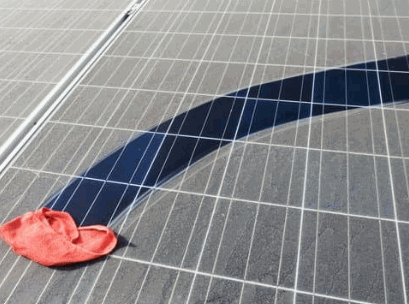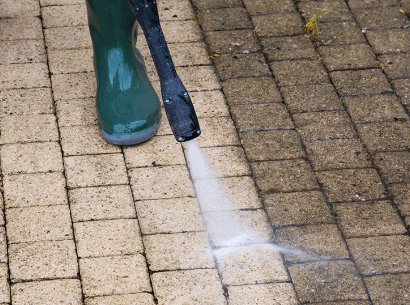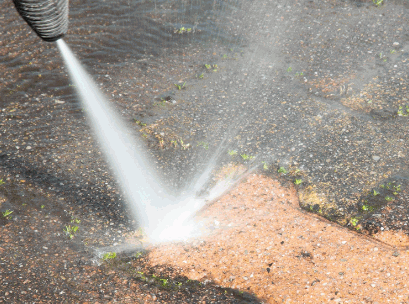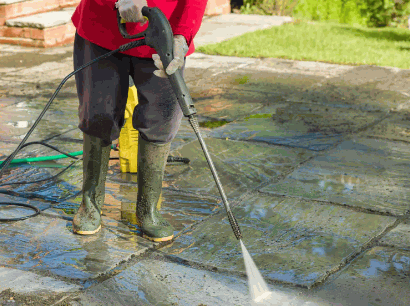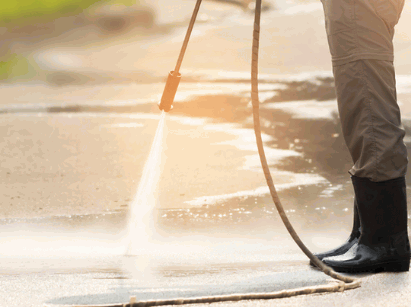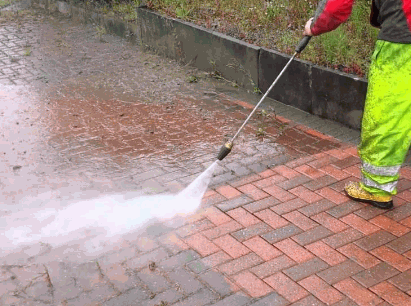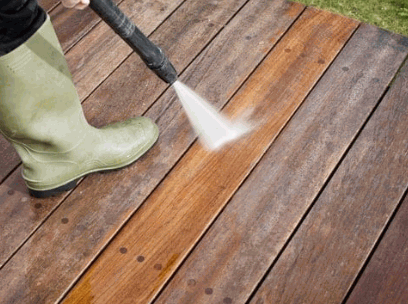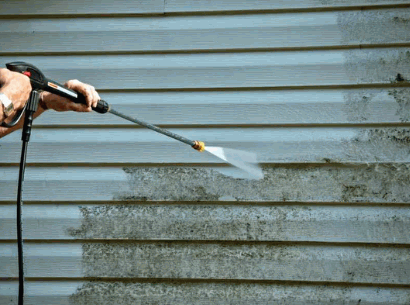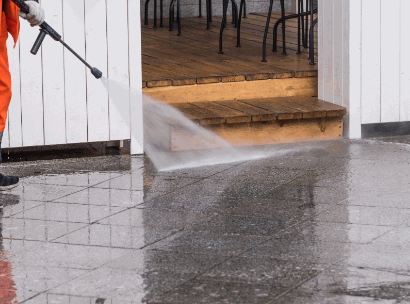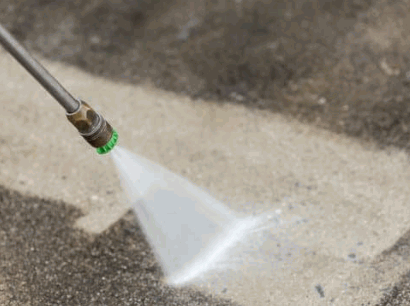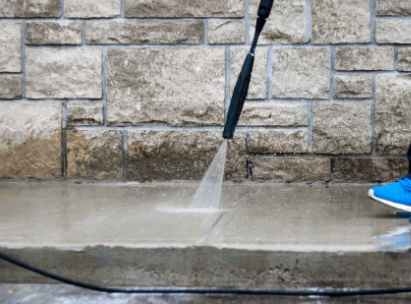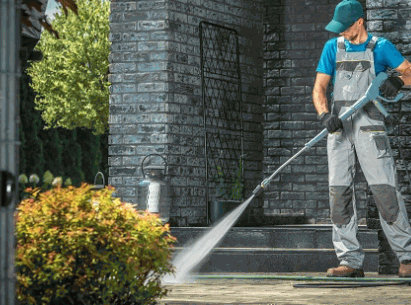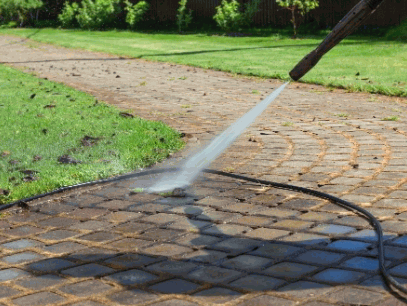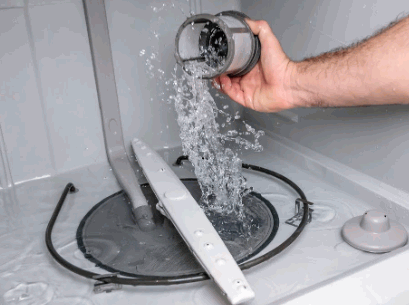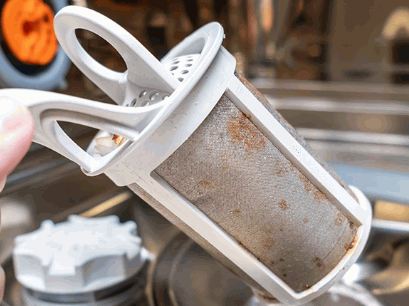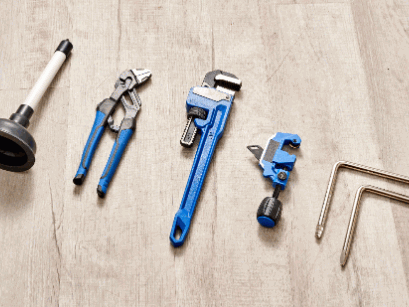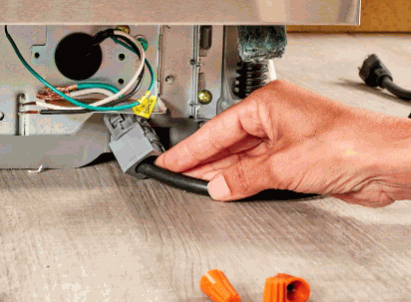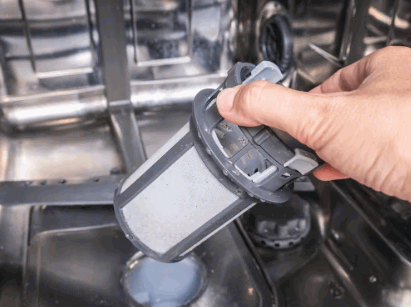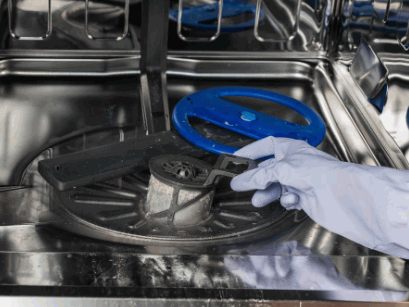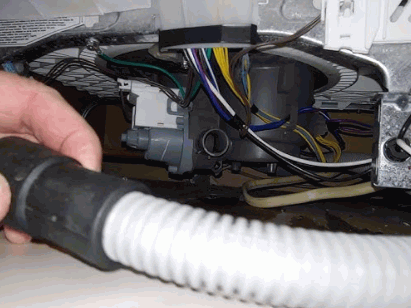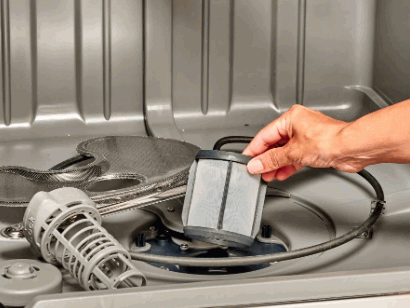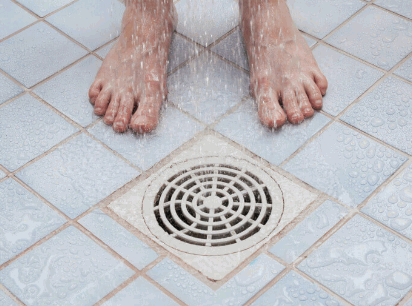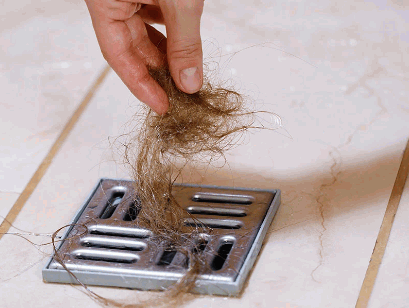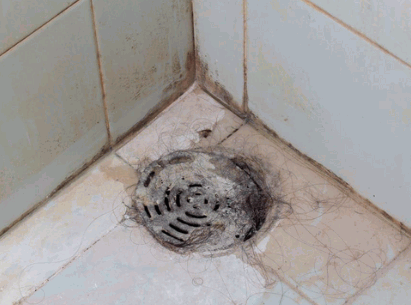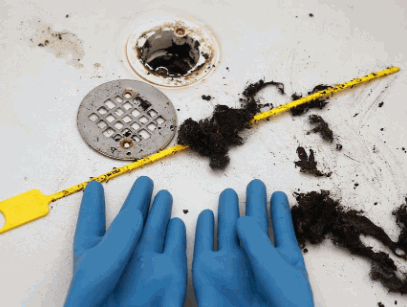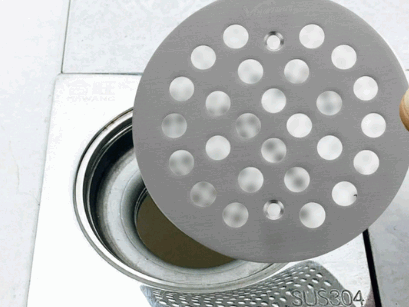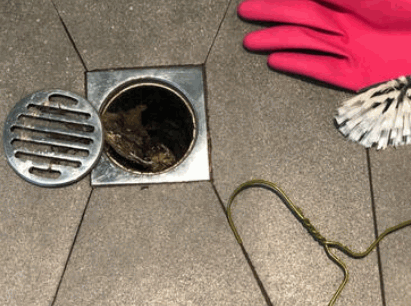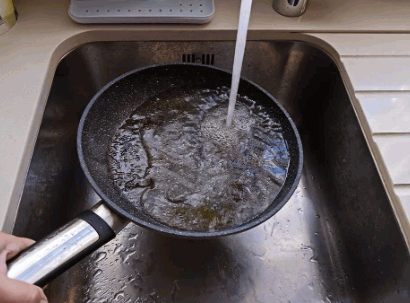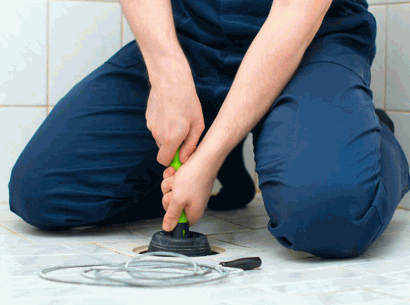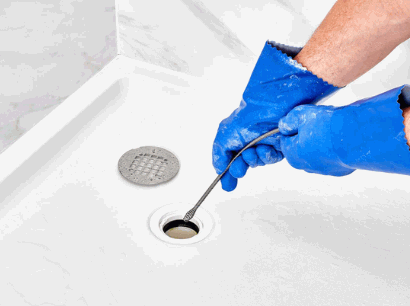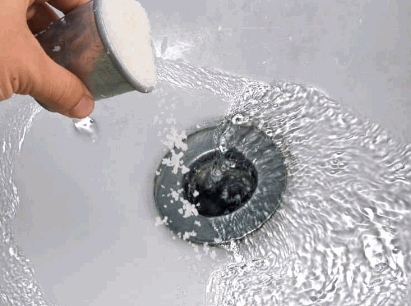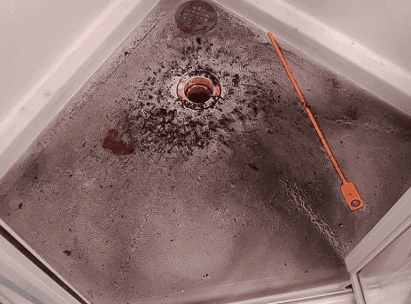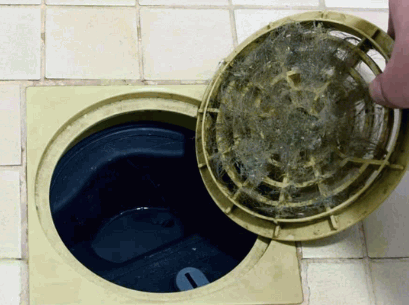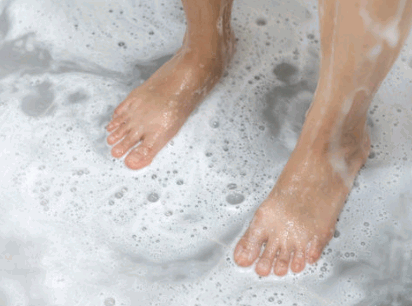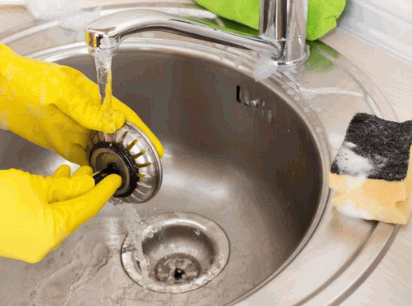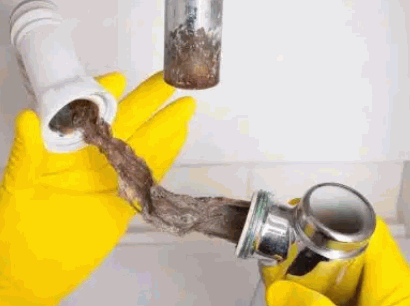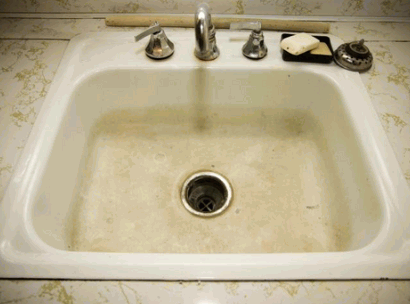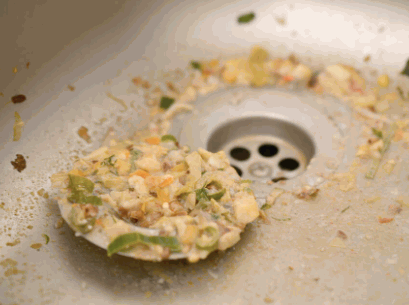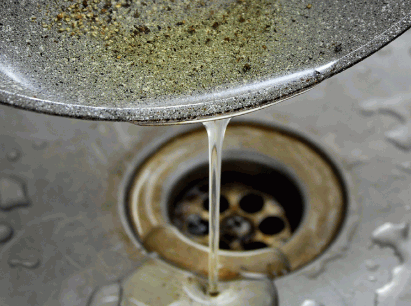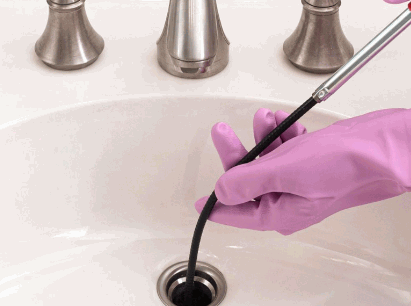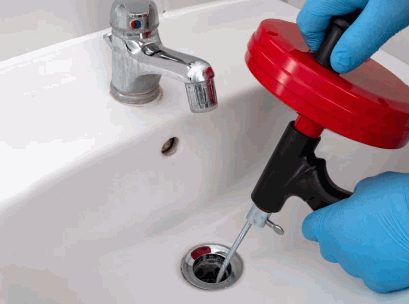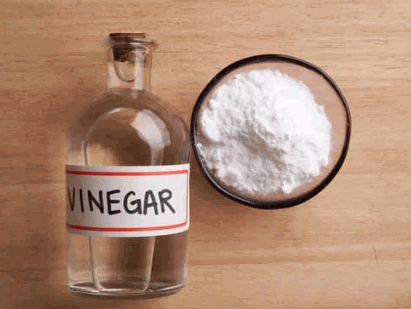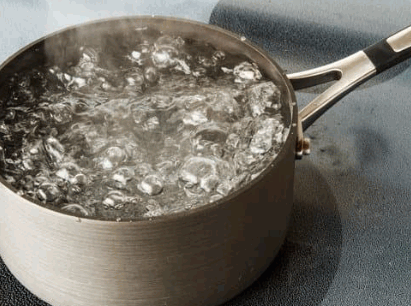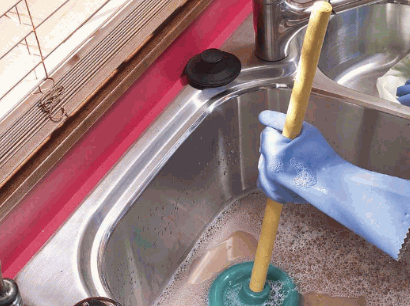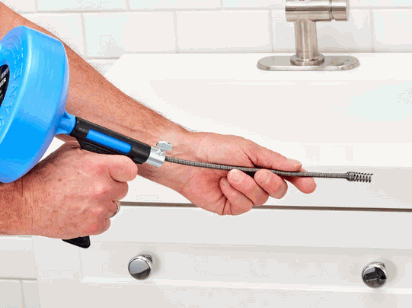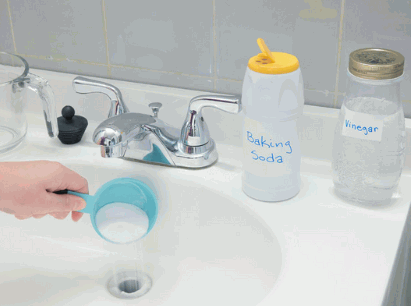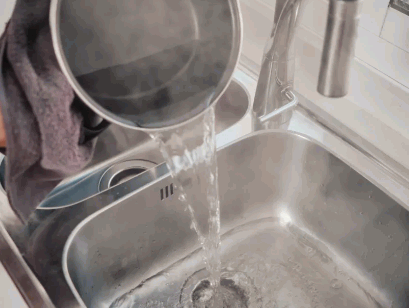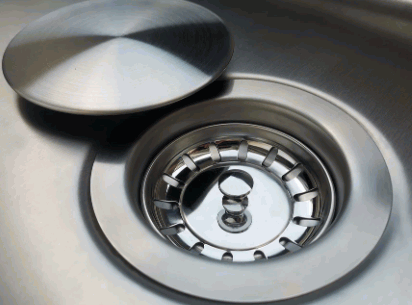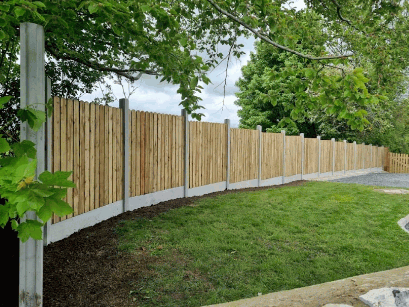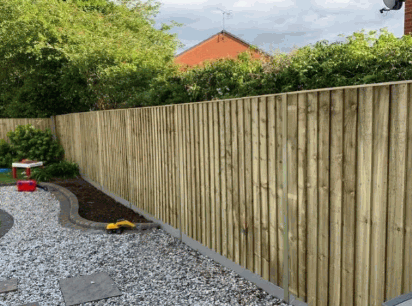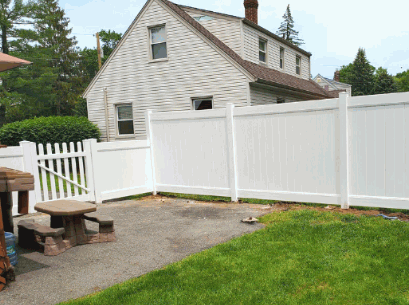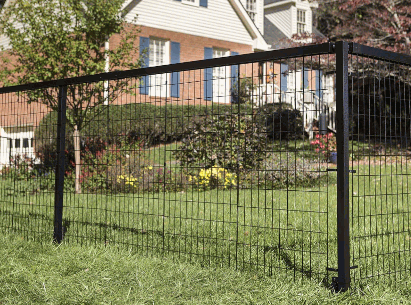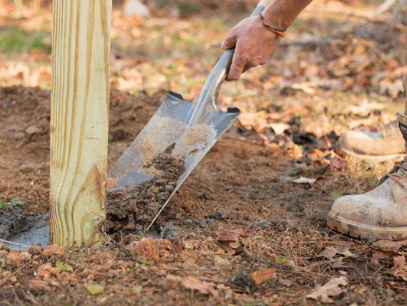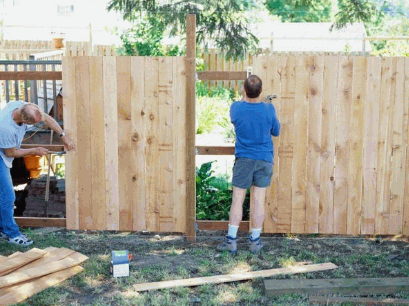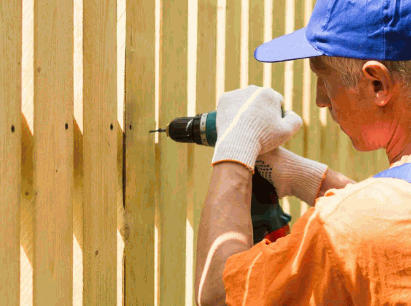When it comes to home construction and design, plaster and stucco are often used interchangeably. But are they really the same?
In this article, we will explore the key differences between plaster and stucco, from their composition and application process to durability, cost, and aesthetics.
We will also discuss whether plaster can be used as a substitute for stucco, and vice versa. By the end, you will have a better understanding of which material may be better suited for your specific project.
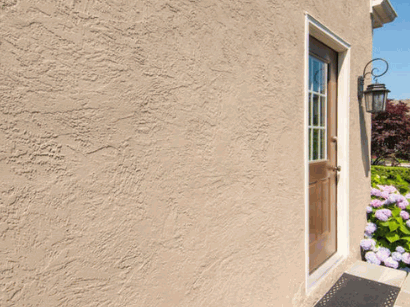
What Is Plaster?
Plaster is a building material used for coating walls and ceilings. It consists of a mixture of materials like gypsum, lime, or cement combined with water to form a paste that hardens over time.
Historically, plaster has been a go-to material for finishing interior surfaces due to its versatility and durability. Dating back to ancient civilizations like the Egyptians and Romans, plaster was used not only for its practical benefits but also for its decorative properties, allowing for intricate designs and reliefs to embellish walls and ceilings.
In modern construction, gypsum plaster has become a popular choice for its ease of application and quick drying time, making it a convenient alternative to traditional lime plaster. Gypsum plaster offers good fire resistance and sound insulation, making it a practical option for contemporary buildings.
When applying plaster to surfaces, skilled craftsmen use specialised tools to create a smooth and even finish. The process involves applying multiple layers of plaster, allowing each coat to dry before adding the next layer to ensure a strong and durable surface.
Both traditional and modern uses of plaster showcase its exceptional properties, from providing a seamless finish to enhancing the aesthetic appeal of interior spaces, making it a timeless and versatile construction material.
Explore in-depth: How To Do Plastering On Brick Wall

What Is Stucco?
Render is a material commonly used for exterior and interior finishes on buildings. It is made by mixing Portland cement, sand, water, and sometimes fibres to create a durable and textured surface.
Origins of render can be traced back to ancient civilizations like the Greeks and Romans, who used it as a versatile building material. Its composition, combining cement and sand, gives it strength and longevity, making it ideal for architectural applications.
In comparison to plaster, render is typically rougher and more durable, suitable for outdoor surfaces due to its weather-resistant properties. Its versatility extends to interior walls as well, providing an aesthetically pleasing finish.
The render comes in different textures like smooth, rough, or patterned finishes, allowing for customised designs. It is valued for its fire resistance, low maintenance, and ability to breathe, preventing moisture build-up and mould growth.
This material’s characteristics make it a popular choice for builders looking for both aesthetic appeal and durability.
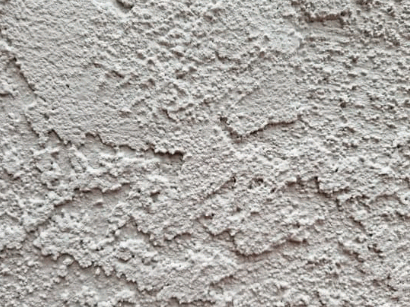
What Are The Differences Between Plaster And Stucco?
Plaster and stucco differ in their composition and application processes. Plaster typically contains gypsum or lime and is used for interior walls and ceilings, while stucco is a mix of cement, sand, and water primarily used for exterior surfaces.
Plaster offers a smooth and flat finish ideal for creating a polished indoor look, while stucco provides a more textured and rugged appearance suitable for outdoor environments.
The addition of fibres, such as straw or synthetic materials, reinforces stucco, enhancing its durability against weathering. The role of sand in both materials is crucial, as it acts as a filler to create a workable mix. Water is essential for activating the binding properties of the materials and aiding in the application process.
The distinct compositions of plaster and stucco cater to specific aesthetic and functional requirements, making them versatile choices for different surfaces and applications.
Composition
The composition of plaster and stucco sets them apart. Plaster commonly contains gypsum or lime, providing a smooth finish for interior walls and ceilings. Stucco, on the other hand, is composed of Portland cement mixed with sand and water, ideal for durable exterior surfaces.
These distinct compositions result in unique properties and applications for plaster and stucco. Regarding lime in plaster, it offers excellent workability and adhesion to surfaces, making it a popular choice for delicate decorative elements. Portland cement in stucco, known for its strength and durability, creates a solid foundation resistant to weathering and impact. Gypsum, frequently found in plaster, contributes to its fire-retardant properties, making it suitable for high-heat areas.
Application Process
The application processes for plaster and stucco vary significantly. Plaster is typically applied in multiple coats with trowels to achieve a smooth finish on interior walls. In contrast, stucco is often sprayed or trowelled onto exterior surfaces to create a textured appearance.
When applying plaster, the first step involves mixing the plaster with water in a bucket until it reaches a smooth, workable consistency. This mixture is then applied to the wall using a trowel, starting from the top and working downwards.
On the other hand, the stucco application requires a different approach. The stucco mix is prepared by combining cement, sand, and water to form a thick paste. This mixture can be applied using a sprayer for larger surface areas or a trowel for intricate detailing.
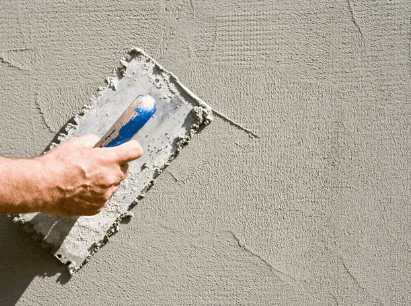
Durability
Durability is a key factor that separates plaster and stucco. Stucco, reinforced with fibres, is highly durable and suitable for withstanding external elements, making it a popular choice for exterior finishes. Plaster, while robust, may require more maintenance in high-traffic interior areas.
Stucco’s fibre reinforcement plays a pivotal role in enhancing its longevity by providing added strength and flexibility, reducing the likelihood of cracking or chipping. This makes stucco particularly resilient against harsh weather conditions such as heavy rains, snow, and UV exposure.
In contrast, plaster, though durable itself, may show signs of wear and tear more readily, especially in areas prone to frequent impact or moisture, necessitating periodic repairs to maintain its integrity. Properly installed and maintained stucco, on the other hand, can endure for decades without significant deterioration, offering a long-lasting and low-maintenance exterior solution.
Cost
When comparing plaster and stucco, cost considerations play a significant role. Plaster tends to be more expensive, especially for decorative finishes, due to the intricate application process. Stucco, being primarily used for exterior surfaces, may offer a more cost-effective option for certain projects.
Plaster installations often require skilled artisans to achieve the desired custom designs, which adds to the labour expenses. On the other hand, stucco applications can be more straightforward, reducing overall labour costs. The material cost of stucco is generally lower than that of plaster, making it a budget-friendly choice for many homeowners.
Aesthetics
Aesthetically, plaster and stucco offer distinct choices for interior and exterior designs. Plaster allows for smooth, elegant finishes that can be further enhanced with decorative features. Stucco, known for its textured appearance, adds depth and character to building exteriors.
Plaster, with its versatility, can be moulded into intricate designs, creating a sense of sophistication and luxury. On the other hand, stucco’s rough texture adds a rustic charm, particularly popular in Mediterranean and Spanish-style architecture. Both materials can be customised in a wide range of colors, giving architects and homeowners the freedom to express their unique style preferences. The juxtaposition of plaster’s refined sleekness and stucco’s earthy roughness often creates a visually appealing contrast that enhances the overall aesthetic of a building.
Can Plaster Be Used As A Substitute For Stucco?
Whilst plaster and stucco share some similarities, plaster is not an ideal substitute for stucco due to its composition and durability differences. Plaster is better suited for interior applications, whilst stucco’s resilience makes it a preferred choice for exterior surfaces.
Plaster, typically composed of gypsum, lime, or cement mixed with water, offers a smooth finish that works well for indoor walls and ceilings. Its versatility allows for intricate designs and detailing, making it a popular choice for decorative purposes.
On the other hand, stucco, made of cement, sand, and lime, boasts incredible durability and weather resistance, making it perfect for withstanding outdoor elements and providing a protective shell for buildings. Its rough texture and ability to handle moisture well make it a top pick for exteriors in various climates.
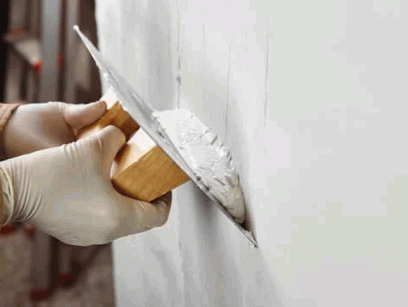
Can Stucco Be Used As A Substitute For Plaster?
Stucco can serve as a substitute for plaster in certain scenarios, particularly for exterior finishes where durability and weather resistance are crucial. Stucco’s textured surface and robust composition make it a viable alternative to traditional plaster in suitable applications.
One of the key advantages of choosing stucco over plaster is its exceptional durability. Stucco’s tough exterior can withstand harsh weather conditions, making it a preferred choice for outdoor surfaces such as walls and facades. The application process of stucco differs significantly from plaster. While plaster is typically applied in multiple coats, stucco is often spread in a single layer, reducing both time and labour costs.
Stucco’s weather-resistant properties also make it an excellent choice for areas prone to moisture exposure, such as bathrooms, kitchens, and basements. Its ability to repel water effectively can help prevent mould and mildew growth, ensuring a healthier indoor environment. In the realm of architectural design, stucco offers versatility in aesthetics, allowing for various textures and finishes to be achieved, enhancing the overall visual appeal of a structure. Stucco’s low maintenance requirements and longevity contribute to its popularity as a durable and cost-effective option for both residential and commercial projects.
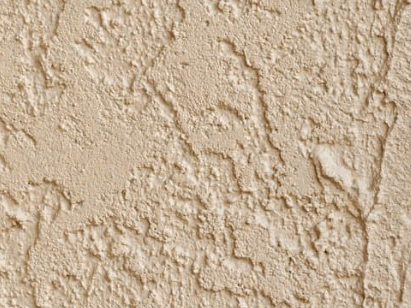
Which Is Better: Plaster Or Stucco?
Determining whether plaster or stucco is better depends on the specific application and desired outcome. Plaster excels in creating smooth interior finishes with decorative features, while stucco offers durability and textured exteriors suitable for various architectural styles.
- Plaster, a traditional material made of gypsum, lime, or cement, provides excellent insulation qualities and is ideal for indoor applications due to its smooth, elegant appearance. The intricate detailing achievable with plaster brings a touch of sophistication to interior spaces.
- On the other hand, stucco, composed of cement, sand, and lime, stands out for its resilience against harsh weather conditions, making it a popular choice for exterior cladding.
How To Tell The Difference Between Plaster And Stucco?
Distinguishing between plaster and stucco involves examining factors like texture, application location, and material composition. Plaster tends to have a smoother finish and is commonly used for interior surfaces, while stucco exhibits a textured appearance and is predominantly found on exterior walls.
Regarding texture, plaster usually feels softer to the touch compared to stucco, which often has a rougher and more rugged surface. Additionally, plaster is typically applied in thin layers, providing a polished look, while stucco is applied more coarsely, resulting in a more pronounced texture.
Another key distinction lies in their application areas. While plaster is favoured for indoor environments due to its elegant finish, stucco’s durability and weather resistance make it a popular choice for protecting and decorating the exterior of buildings.
What Are The Common Uses Of Plaster And Stucco?
Plaster and render serve distinct purposes in construction. Plaster is commonly used for interior walls and ceilings to create smooth finishes, while render is preferred for exterior facades, providing durability and weather resistance.
Plaster’s versatility allows it to be used not only for creating sleek indoor surfaces but also for ornate decorations, intricate mouldings, and even artistic detailing. On the other hand, the render’s rugged composition makes it ideal for withstanding the harsh outdoor elements, such as rain, wind, and sun exposure, ensuring the longevity of a building’s exterior appearance. These materials not only protect structures but also add character and charm to architectural designs, enhancing kerb appeal and making a lasting impression on viewers.
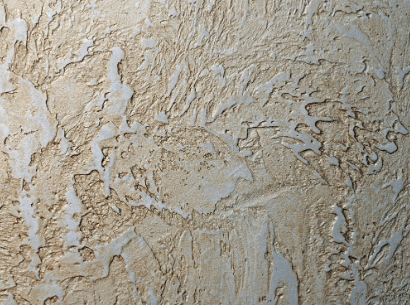
How To Maintain Plaster And Stucco?
Maintaining plaster and stucco involves regular inspections, cleaning, and repairs to ensure their longevity. Plaster may require occasional touch-ups for minor damages, while stucco often benefits from protective coatings to safeguard against environmental wear.
Regular inspections play a crucial role in detecting early signs of deterioration in plaster and stucco surfaces. Look for cracks, chips, or discoloration that may indicate underlying issues.
Cleaning methods vary based on the material; for plaster, use a gentle cleanser and soft brush to avoid damaging the surface, while stucco can be power washed carefully to remove dirt and debris.
Regarding repairs, address small cracks in plaster promptly to prevent them from spreading. For stucco, reapplying a fresh coat of protective sealant every few years can significantly increase its lifespan.
